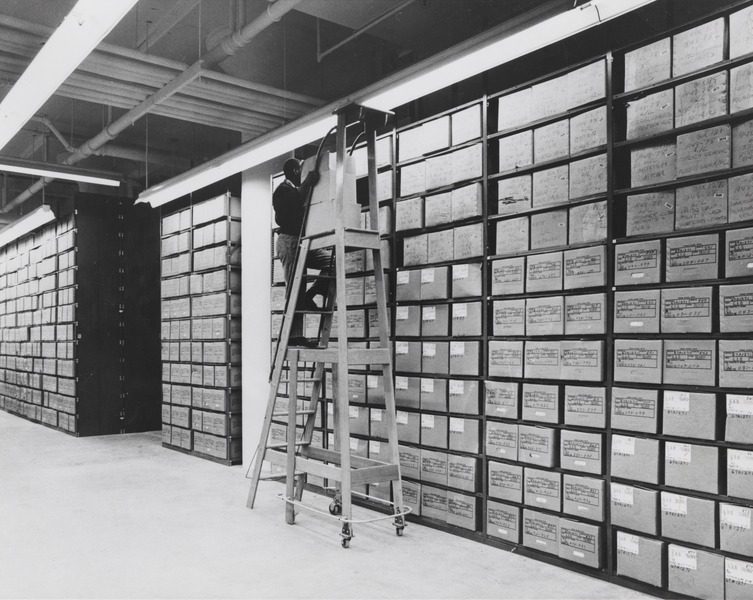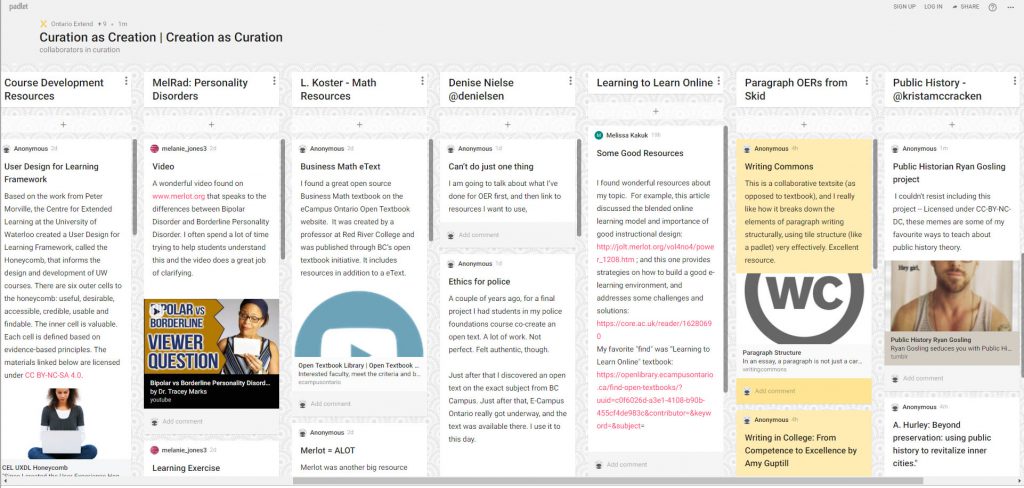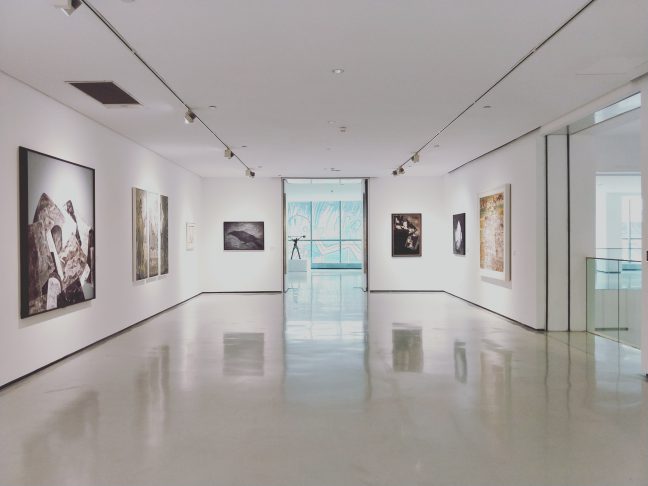I’m currently participating in the eCampus Ontario Extend mOOC focused on technology enabled learning. As part of this medium sized Open Online Course (mOOC) it was suggested that participants keep an ongoing set of notes to document and organize their thoughts about the experience. As a way to document my experience I’m going to be keeping informal blog notes that reflect on what I’m learning and the activities I’m engaging in via the mOOC.
Module 3 of the mOOC is called “Curator” and is focused on content curation and curation for learning. I’ll be working through this module’s activities this week and will be sharing my work below as I complete it:
What is your definition of content curation?”
I have complicated feelings around the term curator, mostly because of the term curator having been thrown around fairly loosely in recent years, without a direct connection to the specialized skill set that museum/art curators have honed over the years. I think the term curation tends to get overused or misused. In my mind it needs to mean more than simply selecting items, it needs to include a level of research, thought, and care.
However, I do think there is a lot of common skills between museum curation and content curation for learning. Both types of curation focus on audience, clear communication of information, and the transfer of knowledge. Content curation is about facilitating access to information, evaluating sources to ensure they are appropriate to your audience, and creating.
Full disclosure – Curator is part of my job title and most days I don’t think that label applies to my work.
After exploring Creative Commons vs Copyright and the different licenses, share below how you think these play into the curation process. What questions do you have about the licenses?
I think creative commons vs. copyright have the potential to play a huge role in content curation and are something that educators need to learn about if they are committed to providing accessible, open, and reflective educational environments. I also loved the Quizlet that was used in this module as a way to review the creative common’s licenses.
I’ve been using CC lisenses for awhile and my website is under CC-BY-SA. I’ve also been looking at ways that I can make more of my work available under creative commons or by publishing it in the public domain without restrictions. One of the things that I am most interested in around the creative commons are different approaches to teaching this information — the CC website is really simple and easy to navigate, but talking about copyright can be a bit on the dry side. I also think it is important to emphasize Canadian made resources, as copyright legislation can vary greatly by country. I do like the LibGuide that was created by UBC that focuses on Creative Commons What are your favourite approaches to teaching about Creative Commons and Copyright?
Search for an openly licensed image using different search strategies and sites.
This activity is all about using different resources to find images, using effective search terms, and navigating the huge amount of material that you can find online. My go to site for pretty images to use as visuals for blog posts and teaching resources tends to be Unsplash. However, the images they have for archives are never quite a good fit — they either show old books or libraries, not actual archival labour or archival boxes.
Using Flickr to search for images of archival labour can also be a bit tricky. Many of the search results that have archives or archival in them are historical images from archival collections but aren’t actually representative of the folks working in those spaces. Searching the phrase archivist worked a bit better, with five images coming up that actually included archival staff working.
I actually had the best luck over on Wikimedia Commons, where there is a whole category of “Archive boxes” and some of those images actually show researchers working with the boxes! Winning! There is also an archival stacks category that shows archival storage spaces. The image I ended up picking was from this last category, it was titled “Washington National Records Center Stack Area with Employee Servicing Records”and was from the U.S. National Archives and Records Administration. I picked this image because it showed an actual archival storage area, it showed someone working in the archive, and also because of its visual appeal.

Share three (or more) OERs you found that might support learners’ understanding of an element or concept for a course.
For this one I decided to focus on finding OER material that could help learners engage with the basics of “what is public history?” When teaching this topic I often try to showcase a range of public history practices and definitions. I was happy to see a range of open textbooks dedicated to Canadian and US history, but really wish there was a public history specific open textbook out there (*back away from adding another thing to my that would be cool to do list*)
Anyways, here are the public history OERs I came up with:
- Alex Andriesse, “Progress in Play: Board Games and the Meaning of History,” The Public Domain Review. I love this one as a way to talk about all of the different ways history can exist outside of academia and the classroom. History doesn’t have to be boring, it could be a really fantastic ancient board game.
- Jan Rouwendal, “A. Hurley: Beyond preservation: using public history to revitalize inner cities.” (PDF) Build heritage and community engagement around preservation is a part of public history work that I don’t have a ton of experience in, so I’m always looking for new ways to discuss.
- I couldn’t resist linking to the Public Historian Ryan Gosling project as my third resource. Licensed under CC-BY-NC-DC, these memes are some of my favourite ways to teach about public history theory.
I also added all of this information to the collective padlet that was created for this activity. I love the visual that is being created as folks start adding their OER’s to the chart.

Holy CRAAP – evaluate your resources for currency, relevance, authority, accuracy, and purpose.
I used the C.R.A.A.P method to evaluate the resources I selected above. I really like how simple the C.R.A.A.P method is to use and how easily it can be applied to a range of resources – digital or print.
- I’m on the fence about the “Progress in Play” article. It fits my audience well, is relevant, and current. However I think there could be a more reliable or authoritative source out there that communicates similar information.
- For the A. Hurley piece this one fit all of the C.R.A.A.P criteria and I would use this article as a way to talk about the potential for adaptive-reuse, built heritage, and urban heritage preservation.
- Lastly, the only sticking point with the Ryan Gosling project is that it is a bit of a dated resource. The actual public history theory it addresses is foundation so that part of it is still valid, but students might not understand the Ryan Gosling meme takes as it was a moment in time that was a few years ago at this point.

